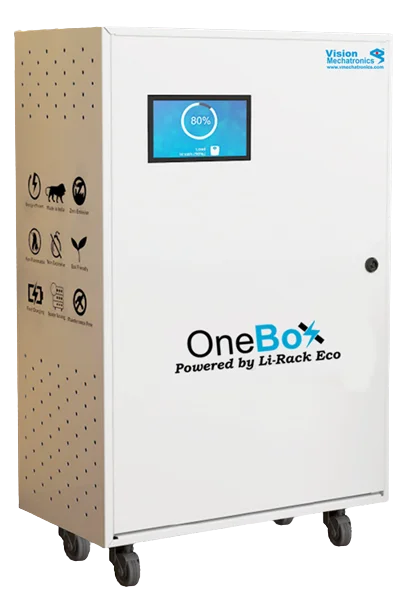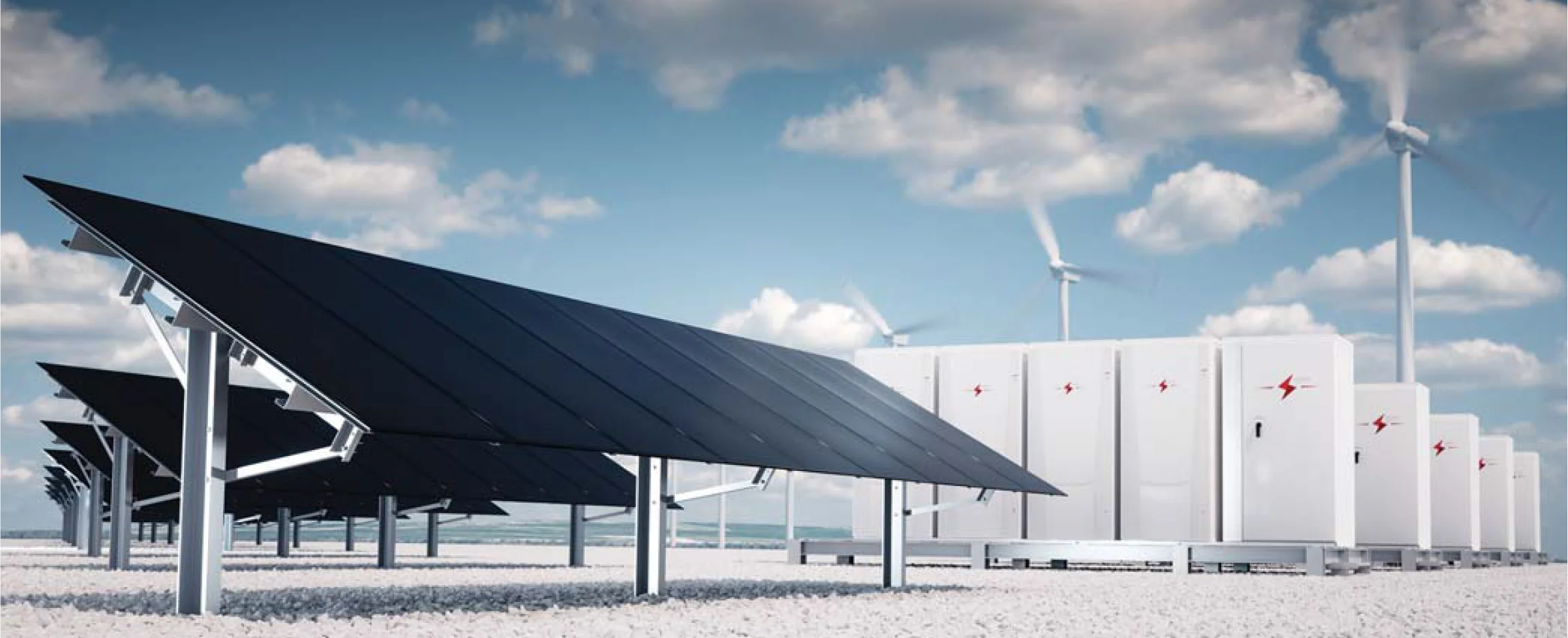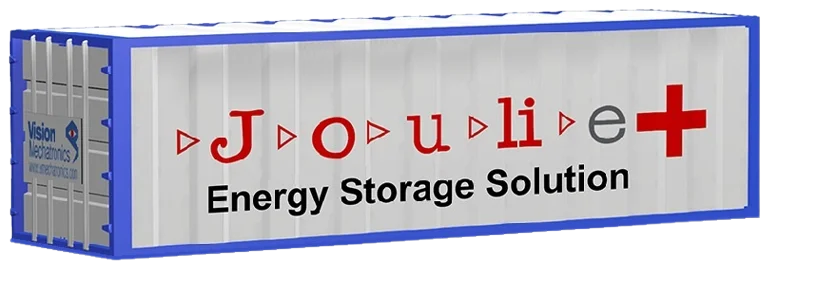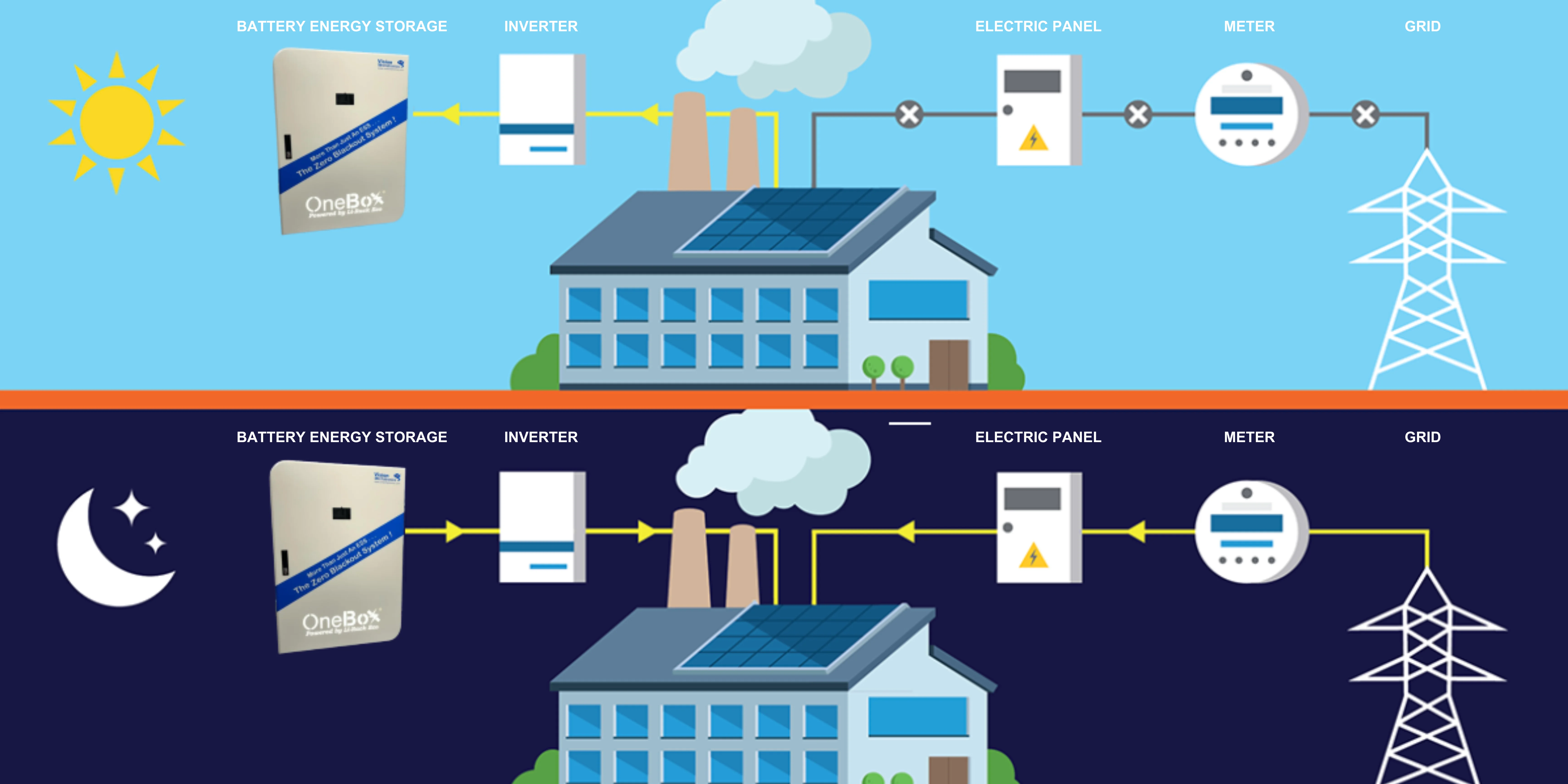The Ascendance of Renewable Energy
Before we dive into the role of energy storage, let's briefly examine the rise of renewable energy sources. Over the past few decades, there has been a growing awareness of the environmental impacts of fossil fuel consumption, including air pollution, climate change, and resource depletion. In response to these concerns, countries and industries worldwide have been shifting their focus towards cleaner and more sustainable energy alternatives.
Solar panels and wind turbines have become increasingly common sights, harnessing the power of the sun and the wind to generate electricity. Hydropower, utilizing the energy of flowing water, is another established and widely used renewable energy source. These technologies offer a more sustainable and environmentally friendly way to meet our energy needs.
The Challenge of Intermittency

While renewable energy sources have numerous advantages, they are inherently intermittent. The sun doesn't shine at night, the wind doesn't always blow, and water availability can vary seasonally. These fluctuations in energy production can make it challenging to maintain a stable and reliable electricity supply.
Consider solar power, for example. Solar panels produce electricity when exposed to sunlight, but they don't generate power after sunset or during cloudy weather. Wind turbines are similarly dependent on wind conditions. When the wind is too weak or too strong, it may not operate optimally. Hydropower generation can be affected by droughts or heavy rainfall. These intermittent energy sources need a solution to ensure a steady power supply, especially when demand remains constant.
Energy Storage Solutions to the Rescue
Energy storage solutions, primarily in the form of batteries, serve as the linchpin that bridges the gap between renewable energy production and demand. They work by storing excess electricity generated during periods of high renewable energy production and releasing it when needed. Let's delve into the ways in which energy storage empowers renewable energy

1. Balancing Supply and Demand
Energy storage systems store excess energy when renewable sources are producing more power than needed. This surplus energy is then discharged during periods of high demand or when renewable generation is low. This balance ensures a stable electricity supply and prevents disruptions.
2. Integration of Renewable Resources
Energy storage allows for the smooth integration of renewable resources into the existing energy infrastructure. By storing excess energy, renewable sources can contribute more consistently to the grid, reducing the need for backup fossil-fuel-based power generation.
3. Grid Stability and Reliability
Energy storage systems enhance grid stability by providing a buffer against fluctuations in energy supply. They can store excess energy during times of low demand and release it during peak demand, reducing strain on the grid.
4. Peak Shaving
Peak shaving is a strategy used by energy providers to reduce the overall demand for electricity during periods of high energy consumption. Energy storage can be used to store excess energy during off-peak hours and release it during peak times, reducing costs and relieving pressure on the grid.
5. Increased grid resilience
Energy storage systems enhance grid resilience by providing backup power during outages and disasters. They can keep critical facilities operational and reduce downtime, offering a vital lifeline during emergencies.
6. Supporting Remote and Off-Grid Areas
Energy storage is invaluable in remote or off-grid areas where a consistent power supply is challenging to achieve. These systems enable the reliable delivery of electricity, reducing the need for costly infrastructure expansion.
Energy storage solutions come in various forms, but batteries are the most commonly used and versatile. Lithium batteries, in particular, have gained widespread adoption due to their high energy density, efficiency, and reliability. Other battery technologies, such as solid-state batteries and flow batteries, are also emerging as promising options.
The Future of Energy Storage
The role of energy storage solutions in empowering renewable energy is poised to grow significantly in the coming years. Advances in technology, falling costs, and increased investment are driving innovation and adoption in this sector. Some key trends and developments to watch for include:
1. Improved battery technology
Advancements in battery technology, such as the development of solid-state batteries and the use of alternative materials, are increasing energy density, reducing costs, and extending battery lifetimes.
2. Grid-Scale Energy Storage
The construction of larger grid-scale energy storage facilities is expanding worldwide, enabling more significant integration of renewable energy into the grid.
3. Energy Storage Policy and Regulation
Governments and regulatory bodies are recognizing the importance of energy storage and are implementing policies and incentives to promote its adoption.
4. Circular Economy and Recycling
Efforts are underway to develop recycling programmes for energy storage systems to minimize the environmental impact of these technologies.
The Journey Ahead
The integration of energy storage solutions into the renewable energy landscape is a game-changer. It not only addresses the intermittency of renewable sources but also accelerates the adoption of clean energy by making it more reliable and cost-effective. As technology continues to advance, we can expect energy storage systems to become more efficient, affordable, and widespread.
In conclusion, the role of energy storage solutions in empowering renewable energy cannot be overstated. They are the key to a future where our energy needs are met sustainably and reliably while reducing our dependence on fossil fuels and mitigating the effects of climate change. As technology continues to progress and the benefits of energy storage become more apparent, the partnership between renewables and energy storage will shape the energy landscape for years to come.




